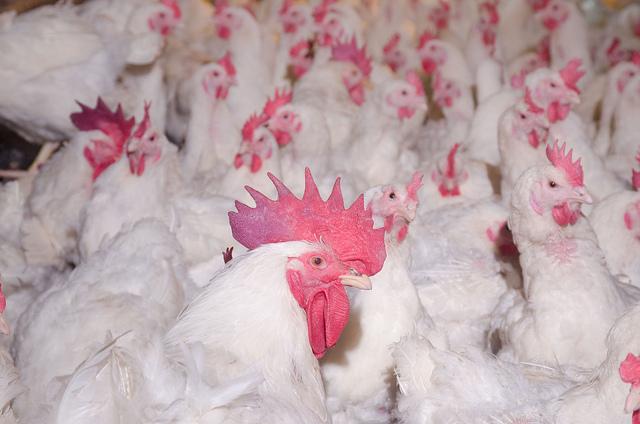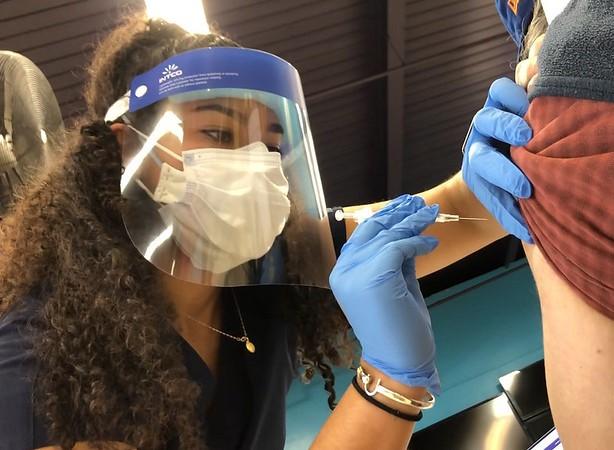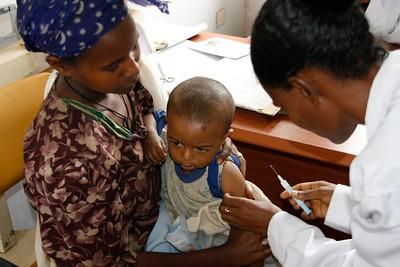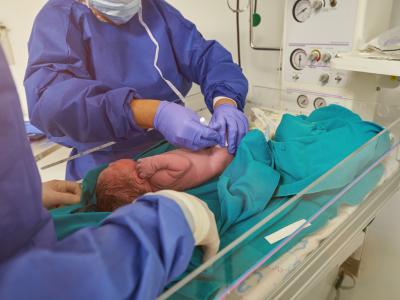
A new report from the US Poultry & Egg Association highlights the dramatic decline in antibiotic use in the poultry industry over the past several years.
The data, collected through the voluntary participation of US poultry companies, show that the proportion of broiler chickens receiving antibiotics in the hatchery dropped from 90% in 2013 to less than 1% in 2023, with in-feed use of the medically important antibiotics tetracycline and virginiamycin dropping by more than 99% each. The amount of turkeys receiving antibiotics in the hatchery dropped from 97% to 43% over the same time period, with a 58% decrease in tetracycline use.
Use of some antibiotics rose since 2019
The report also notes, however, that the use of medically important water-soluble antibiotics in broiler chickens (penicillin and lincomycin) and turkeys (lincomycin), while declining overall during the data collection period, has increased since 2019 because of increases in gangrenous dermatitis.
The datasets represent roughly 8 billion broiler chickens (more than 86% of US broiler production) and 150 million turkeys (71% of annual turkey production).
Data from 2016 to 2023 representing 150 million layer hens (46% of annual layer/egg production) show that the use of antibiotics in layer hens has been low, with less than 0.1% of hen-days exposed to chlortetracycline.
"This report points to the continued focus on the judicious use of antibiotics in the US poultry industry, particularly those that are considered medically necessary," the group said.


















